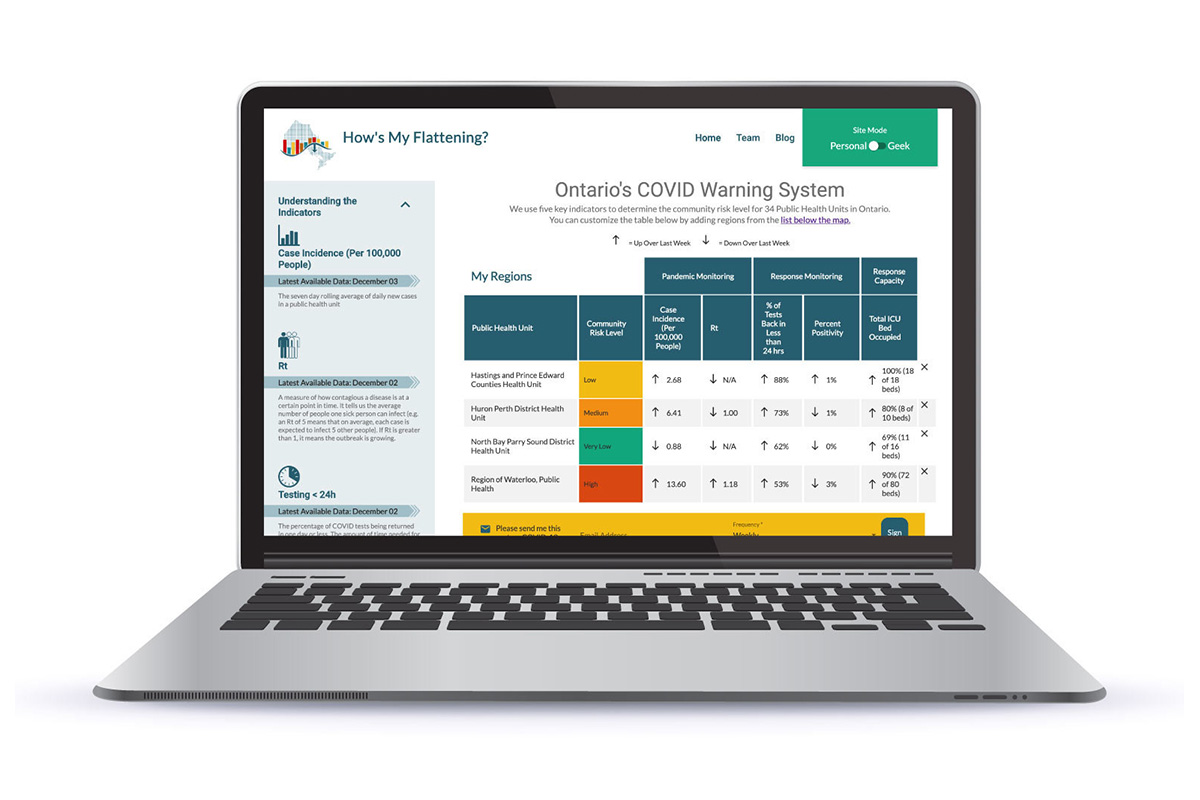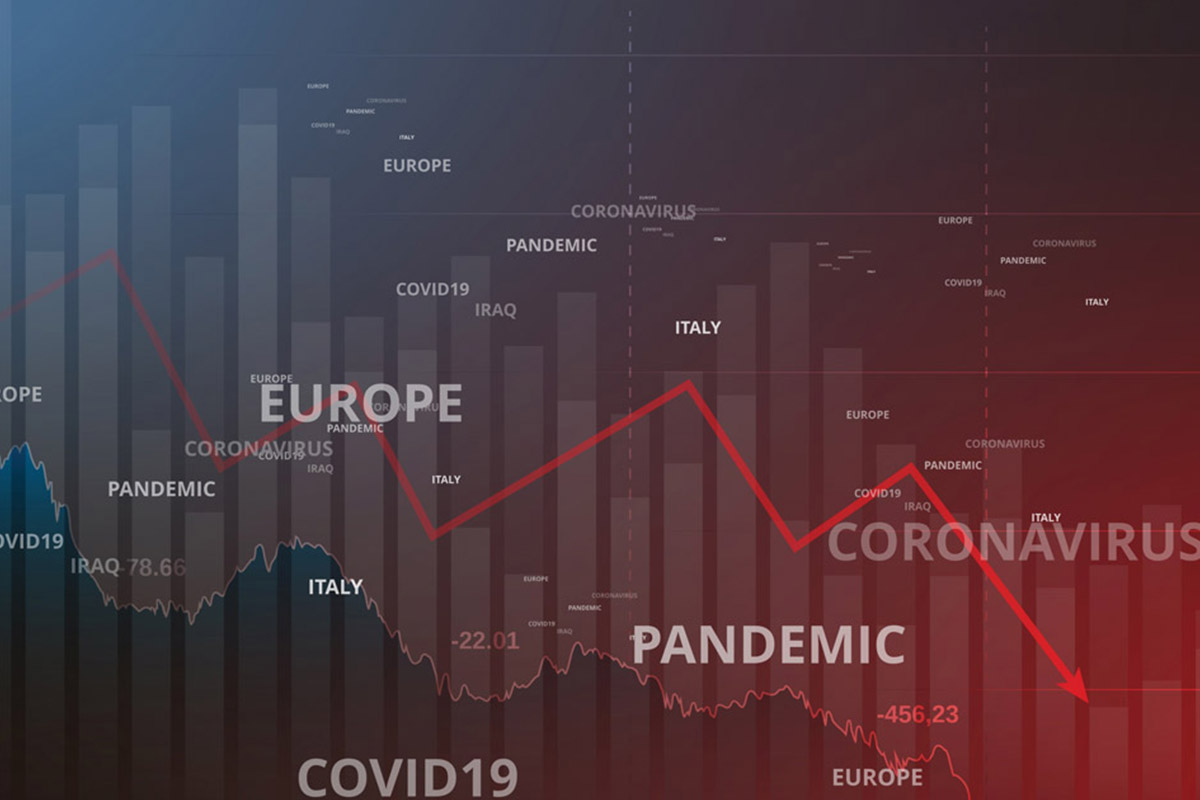According to the new market research report “Steel Wire Market by Form (Non-rope, Rope), Type (Carbon Steel, Alloy Steel, Stainless Steel), End-use Industry (Construction, Automotive, Energy, Agriculture, Industrial), Thickness, and Region – Global Forecast to 2025″, published by MarketsandMarkets , the Steel Wire Market size is expected to grow from USD 93.1 billion in 2020 to USD 124.7 billion by 2025, at a CAGR of 6.0% during the forecast period.
, the Steel Wire Market size is expected to grow from USD 93.1 billion in 2020 to USD 124.7 billion by 2025, at a CAGR of 6.0% during the forecast period.
Download PDF Brochure: https://www.marketsandmarkets.com/pdfdownloadNew.asp?id=267777372
Browse in-depth TOC on “Steel Wire Market”
143 – Tables
50 – Figures
200 – Pages
View Detailed Table of Content Here: https://www.marketsandmarkets.com/Market-Reports/steel-wire-market-267777372.html
Steel wire is extensively being used in the construction, automotive, energy, agriculture, industrial, and other end-use industries. The increasing construction & infrastructure projects support the demand for steel wire in the construction end-use industry.
Non-rope form of steel wire comprises a major share of the steel wire market in terms of value and volume.
In the non-rope form, steel wires are used in a wide range of applications such as wire for tires, hoses, galvanized wires and strands, ACSR strands, and armoring of conductor cables, springs, fasteners, clips, staples, mesh, fencing, screws, nails, barbed wires, chains, etc. Steel wire finds wide applications in the construction industry, including steel fiber in concrete and prestressed steel wire in the prestressed concrete structure; It also finds applications in the automotive industry.
The COVID-19 pandemic resulted in a decline in industrial activities in the first half of 2020 across the globe. It resulted in reduced demand for steel wire from various end-use industries. The market for the non-rope form of the steel wire segment is expected to decline by 6.7% in terms of volume in 2020 compared with the previous year.
The carbon steel type accounts for the largest market share in the global steel wire market during the forecasted period in terms of value and volume
Carbon steel is the largest type of steel used for manufacturing steel wire. The carbon steel wire gives high strength and it is used in a wide range of applications such as for tires, cords, hoses, galvanized wires and strands, ACSR strands and armoring of conductor cables, fencing, springs, fasteners, clips, staples, mesh, screws, nails, barbed wires, chains, and steel fibers in concrete. The wide applications and acceptance of carbon steel wires is expected to drive the demand during the forecasted period. The COVID-19 pandemic has resulted in reduced demand for steel wires from major applications such as construction reinforcement and ACSR strands. These factors are expected to reduce the demand for carbon steel wire in 2020. The steel wire consumption is expected to recover post the pandemic.
Request Sample Pages: https://www.marketsandmarkets.com/requestsampleNew.asp?id=267777372
The construction end-use industry accounted for the largest market share in the global steel wire market during the forecast period in terms of value and volume.
The construction end-use industry holds the dominant market share in the global steel wire market, both in terms of value and volume. The construction industry has increased demand for steel wire in prestressed concrete applications as it reduces the construction time and concrete material requirement. The demand for steel wires from construction end-use is expected to decline in 2020 due to halts in construction projects in the first half of 2020. Also, major manufacturers temporarily closed their plants during the lockdown. The demand is expected to recover after the COVID-19 pandemic is under control.
APAC is expected to account for the largest market share in the steel wire market during the forecast period.
APAC accounts for the biggest share of the global steel wire market. The construction and automotive end-use industry are major consumers of steel wire in the region. The region is home to some of the major steel wire manufacturers such as Kobe Steel, Tata Steel, and Nippon Steel. Moreover, the China is a manufacturing hub of various commercial, military, and passenger automotive vehicles. Europe is the second major consumer of steel wire construction; automotive and energy are the major industries fueling the growth of the steel wire market in this region.
However, the COVID-19 outbreak has affected the demand for steel wire s in the region. On the positive side, support packages offered by governments of various countries will help to maintain the liquidity in steel wire market. Such initiatives coupled with recovery in the application industries will increase the demand for steel wire in APAC and European region.
The key players in the steel wire market include ArcelorMittal (Luxembourg), Nippon Steel (Japan), JFE Steel Corporation (Japan), TATA Steel Limited (India) and Kobe Steel, Ltd. (Japan), are some of the key players in the steel wire market. JSW Steel Ltd. (India), Bekaert SA (Belgium), The Heico Companies (United States), Ferrier Nord (Italy) and Byelorussian Steel Works (Belarus), and among others. These companies are involved in adopting various inorganic and organic strategies to increase their foothold in the steel wire market. These players have taken different organic and inorganic developmental strategies over the past five years.
Get 10% Free Customization on this Report: https://www.marketsandmarkets.com/requestCustomizationNew.asp?id=267777372
Browse Adjacent Markets: Mining, Minerals and Metals Market Research Reports & Consulting
Related Reports :
Carbon Fiber Tape Market by form (Prepreg Tape, Carbon Tape), Resin (Epoxy, Thermoplastic, Polyamide), Manufacturing Process (Hot Melt, Solvent Dip), End-use Industry (Aerospace, Marine, Pipe & Tank, Sporting Goods), and Region – Global Forecast to 2025
https://www.marketsandmarkets.com/Market-Reports/carbon-fiber-tape-market-148110416.html
Transportation Composites Market by Resin (Thermoplastic and Thermoset), Manufacturing Process, Fiber, Application (Interior, Exterior), Transportation Type (Airways, Roadways, Railways, Waterways), and Region – Global Forecast to 2025
https://www.marketsandmarkets.com/Market-Reports/transportation-composites-market-175821588.html











